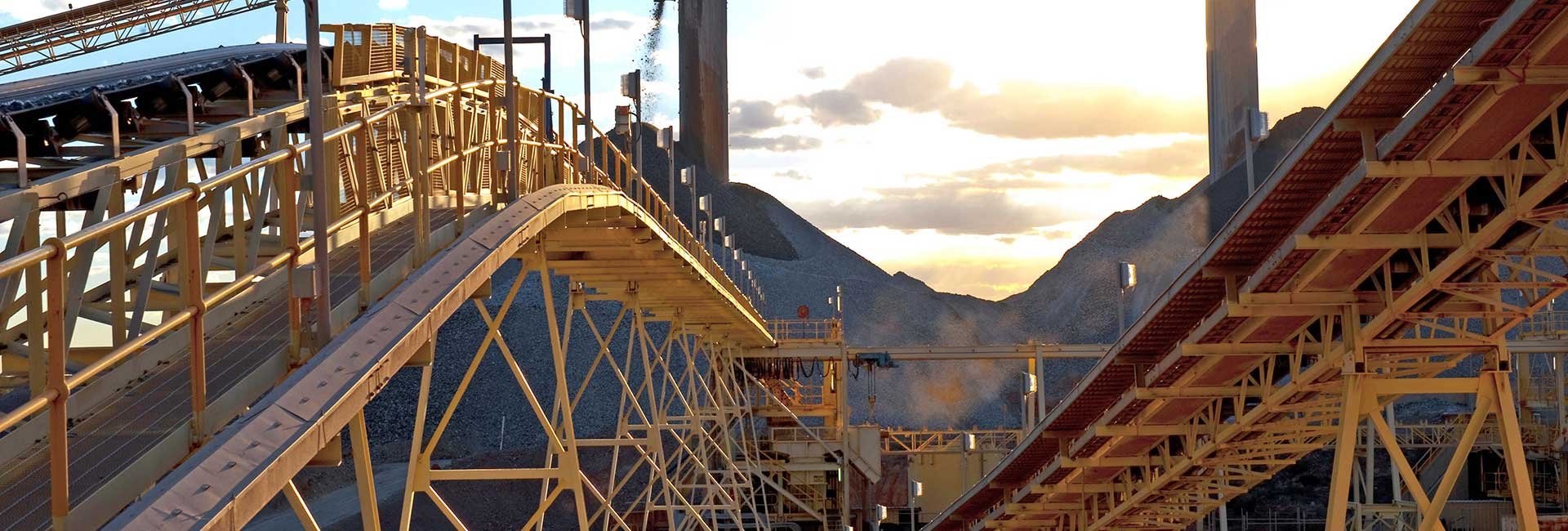Commodities set to boom in the next 20 years
Mining

Mining
Which commodities will be most in demand over the next 20 years and what factors will drive this change? We look at some hot commodities poised to experience strong growth in the future, as they support a rapidly evolving world.
Commodities poised tWo take centre stage over the next two decades are those required to aid three key areas of global change: a shift towards sustainability; increased digitisation; and a healthier, more affluent consumer. Mineral and metal commodities set to boom include copper, nickel, aluminium, lithium, cobalt, tin, rare earths, metal scraps and green steel. Commodities on the rise in the agricultural sector include poultry, dairy, fish and crustaceans, soybean, corn, cocoa, fruits and vegetables, and non-synthetic narcotics.W
In the energy sector, low carbon hydrogen is pegged to be the most popular kid on the block. Commodities keep the wheels of the world turning and industry research points to these particular commodities proving vital to our future.

Global targets to decrease carbon emissions have led to a shift towards the commodities that support renewable energy production. For example, nickel, lithium and cobalt are required to build and run batteries, copper is used to generate power from solar, hydro, thermal and wind energy, and aluminium is widely used in solar fields. Low carbon hydrogen (blue and green) will become increasingly established in energy commodity markets, as the world shifts away from fossil fuel-based hydrogen (grey, black and brown). Green hydrogen production is expected to rise from less than 1% of the current global market supply to 10% by 2030.

A digital future will demand a particular set of commodities to support it. A standard smartphone contains more than 35 minerals and metals, including copper and lithium. Tin is also a key metal used in digital products and will thus enjoy a strong increase in demand over the next two decades. The sheer pace of the digital transition will impact the amount of energy production the world requires, as productivity increases and the world remains ‘on’ for longer. This gives all commodities used to support digital products a bright future indeed. The pace of digitalisation in the world of agriculture will also see an increase in productivity and outputs, which will in turn drive demand for fertilisers and other inputs.

As a general trend, consumers across the globe are becoming healthier, richer and more environmentally conscious, which will impact on the commodities they choose to consume. In the agricultural sector, this will see a decrease in red meats such as beef and an increase in poultry meat, fish and seafood (in particular aquaculture) over the next 20 years. Alternative proteins will enjoy a boost, as the food industry rapidly innovates in the space of low carbon foods. Industrial agricultural commodities such as corn and soybean will see increased demand as livestock production expands and modernises, requiring more ‘commercial’ feed. Fruits and vegetables will be in high demand as consumers turn towards healthier foods with a lower environmental footprint.

While it’s never easy to predict the future, industry and consumer trends point to the aforementioned commodities as the ones to watch. Want to learn more about the commodities set to boom over the next 20 years, and also those on the decline?
Read a more extensive summary here.